Jeep Grand Cherokee Loses V8 Engine


Jeep has discontinued the optional 5.7-liter Hemi V8 for the two-row Grand Cherokee, meaning you can either have the standard 3.6-liter Pentastar V6 or the new 2.0-liter PHEV that comes with the 4xe trim. That doesn’t mean the V8 has been removed entirely, however. Specific versions of the 3-row Jeep Grand Cherokee L can still be outfitted with the Hemi. You just have to get it in all-wheel drive, padding the price somewhat.
While the manufacturer hasn’t made any formal announcement about the change, Motor Authority noticed changes to Jeep’s car configuration website on Monday. Meanwhile, Stellantis has routinely asserted that the V8 will be ousted in favor of electrified powertrains. This seems completely at odds with everything brands like Jeep and Dodge allegedly represent. But it begins to make sense when you consider the ridiculous amount of social and regulatory pressures manufacturers are currently under. While your author preferred the days when Fiat Chrysler Automobiles (FCA) leadership balked at the premise of ditching V8 motors in favor of chasing efficiency or embracing electrification, those days are over.
FCA is no more and Stellantis, bringing in French management, seems very interested in pushing EVs and utilizing newer platforms.
What’s being lost in the process is the buttery smooth acceleration offered by the V8’s 357 horsepower and 390 lb-ft of torque. It’s significantly more powerful than the 293 hp offered by the V6. Though it’s also quite a bit thirstier, averaging around 14 mpg city and 22 mpg highway, and leaving the door wide open for something like the 4xe.
Promising a combined output of 375 hp and 470 lb-ft of torque, the plug-in option is technically faster than the V8 to 60 mph and manages to yield far better fuel economy in the process. But the 4xe’s 2.0-liter turbocharged hybrid has taken a beating among some reviewers ( including our very own Tim Healey) for feeling unrefined and having trouble transitioning smoothly between gasoline and electric power. It’s also quite a bit more expensive than its combustion-driven counterparts, with off-road enthusiasts fretting over the possibility that the hybrid powertrain is going to be too persnickety to make for a desirable ORV.
This mainly revolves around the complexity of the setup, which involves connecting one motor generator to the crankshaft pulley via a belt that spins the engine for start-stop operation while also generating electricity for the battery pack. Meanwhile, a second, larger generator serves double duty as a torque converter and is mounted inside the transmission while dual clutch assemblies mitigate power between the gasoline engine and electric motors. It doesn’t sound like something you’d want to service yourself, frankly.
There have also been some gripes about towing capacity, as that was another arena in which the V8 could flex really its muscles. Whereas the V8 could reliably tow up to 7,200 pounds, the hybrid option doesn’t even manage to exceed the V6 maximum towing capacity of 6,200 pounds. Perhaps Stellantis doesn’t see things like towing capacity and serviceability as being extremely relevant to consumers as they try to shift Jeep upmarket a tad. But they’ve traditionally been very important on the North American market – especially where pickup trucks and SUVs are concerned – and your author wonders if this won’t eventually come back to bite them.
[Image: Jeep]
Become a TTAC insider. Get the latest news, features, TTAC takes, and everything else that gets to the truth about cars first by subscribing to our newsletter.
Latest Car Reviews
Read moreLatest Product Reviews
Read moreRecent Comments
- Jagboi The Canadian Mark VI's had the "Electronic fuel injection" badge on the side, but had the Ford Variable Venturi carb. The Canadian brochure for these cars does not have the portion about EFI that the US brochures have. A bit of false advertising for sure.I've seen a number of these cars up to 1983 and none of the Canadian market cars had EFI. The US cars had a crank triggered ignition systenm, the Canadian cars had the Duraspark just like the carbed Ford and Mercury Panthers.
- Syke Back when BMW actually made ultimate driving machines.
- Alan Many Ford designs that are manufactured in China are designed in Australia. Ford just fired hundreds of engineers. That only leaves engineers to keep on designing the Rangers, Bronco, etc.
- Alan Big Al,Seems the author has confused horsepower and kilowatts. Check out what the Aussie Ranger Raptor power output is.The VW Amarok is the 2.3 Eco Boost, I think its about what the author wrote.To be fair, the author may be quoting EU hp.
- Paul Alexander Is TTAC okay? Where are the other articles? Where are the other comments?














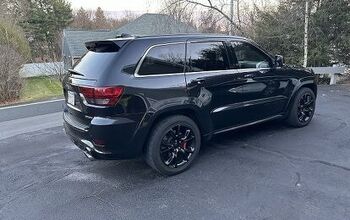

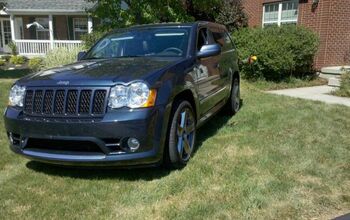


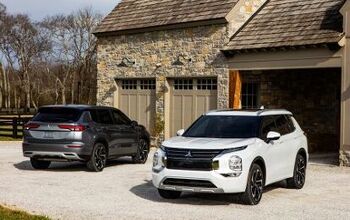

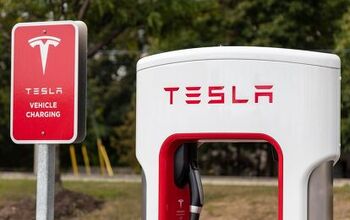

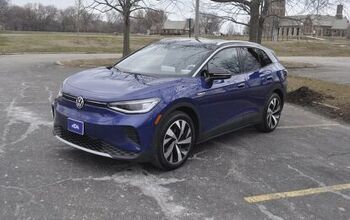
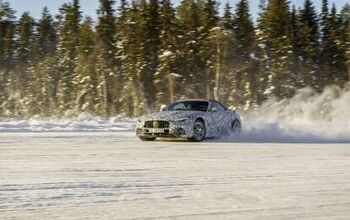




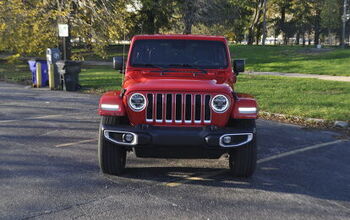
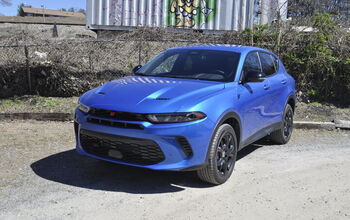

Comments
Join the conversation
"But the 4xe’s 2.0-liter turbocharged hybrid has taken a beating among some reviewers ( including our very own Tim Healey) for feeling unrefined and having trouble transitioning smoothly between gasoline and electric power."
As I've stated here before, I have a Wrangler 4xe. I don't see the issues that the reviewers apparently do. I suspect it's because all they do is hammer the devil out of it, whereas the 4xe (or any hybrid TBH) rewards smoother driving. I very rarely see a harsh transition because after 6 months I understand how to drive it smoothly. Because of the regenerative braking, I can drive through my neighborhood without touching the brake 95% of the time. I also understand how much pressure to put on the accelerator when pulling away from a light to keep it on electric. Most around town driving can be accomplished on full electric. My goal most of the time is to NOT force the gas motor to come on. It's there if I need it, but even most highway merging can be done perfectly well on electric. Tim (and the other reviewers) seem bound and determined to force the vehicle to run on gas, and to do so in the most awkward manner so they have something to complain about.
I always saw the Grand Cherokee with the V8 as being the entry level luxury SUV. An option for the domestic buyer that didn't want the X5 M50i, the Defender/RRS V8, MB GLE AMG, Audi SQ7 etc... Never a good thing when another V8 option goes away. But who am I to say, I didn't buy the GC V8 and have a Rivian R1S on order. Progress?